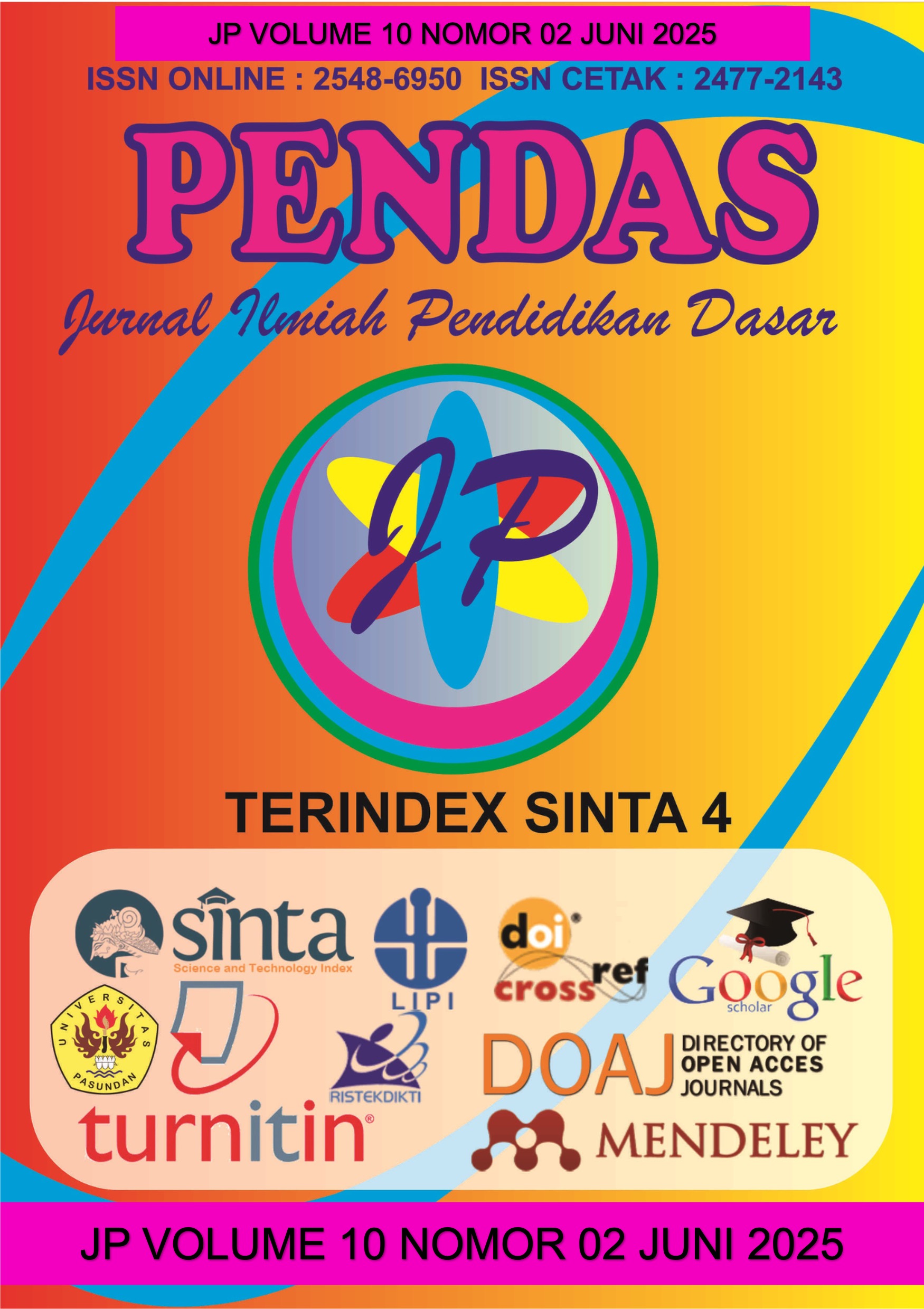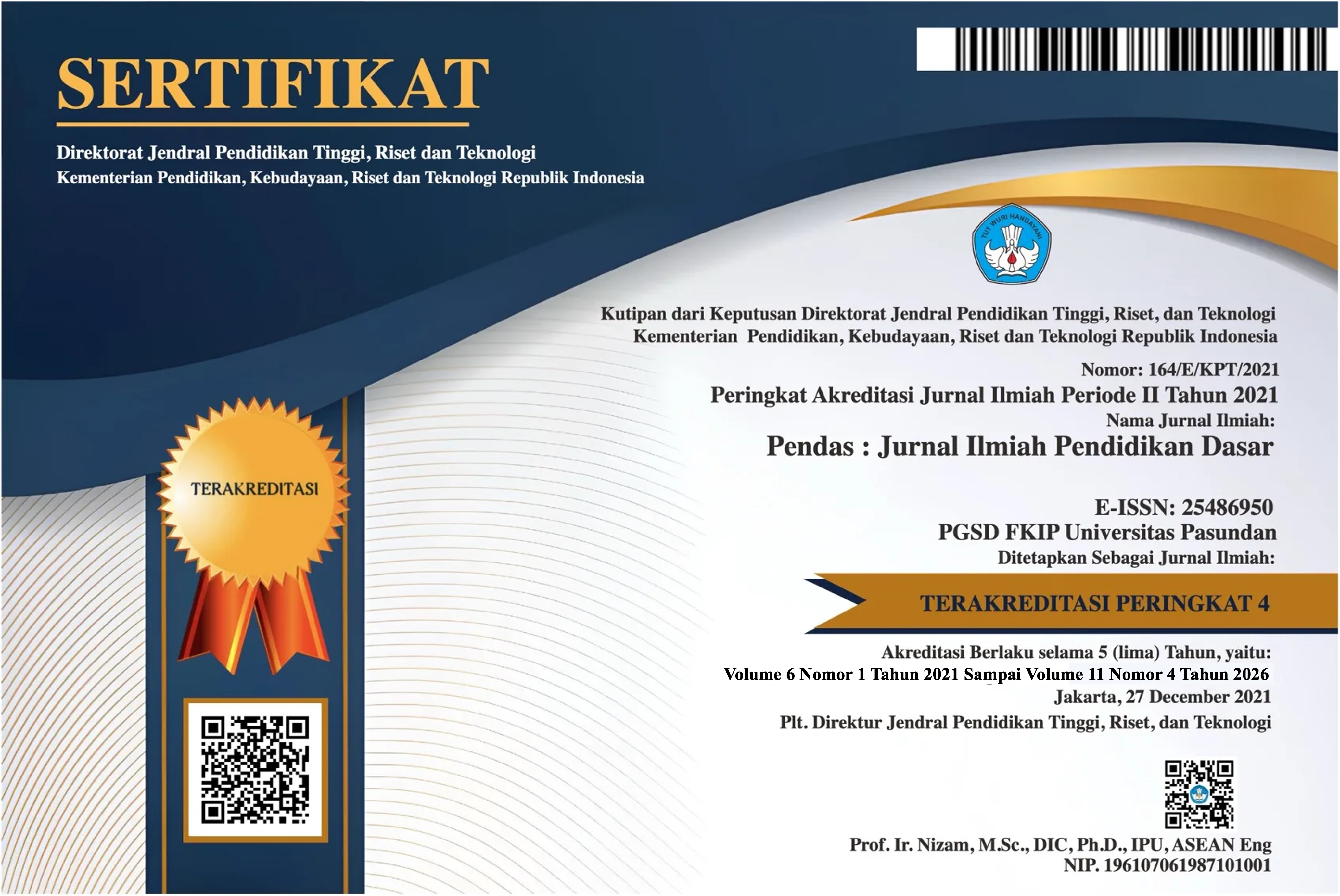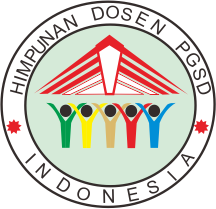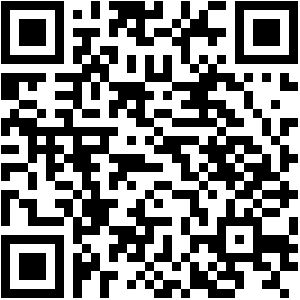PENGARUH PENGGUNAAN MEDIA AUGMENTED REALITY TERHADAP AKTIVITAS BELAJAR DAN KEMAMPUAN BERPIKIR SPASIAL SISWA MATERI KARAKTERISTIK LAPISAN-LAPISAN BUMI DI SMA N 1 TALAMAU
DOI:
https://doi.org/10.23969/jp.v10i02.28051Keywords:
Augmented Reality, Learning Activity, Spatial Thinking AbilityAbstract
The purpose of this study was to determine the effect of using Augmented Reality media on learning activities and spatial thinking skills of students by using Augmented Reality media in learning geography at SMA N 1 Talamau, West Pasaman Regency. The method in this study is a quantitative method, the research design used is a quasi experimental design with a research design of nonequivalent control group design. Data collection is done by observation, tests and documentation. Data analysis with percentages, t-test (Independent sample t-test), and N-Gain. The results showed that the percentage of learning activities in the experimental class was 83.25%, including a very effective category. While the control class of 61.73% is included in the less effective category. Then the results of data analysis of students' spatial thinking abilities in the independent sample t-test show the results of two sided p (sig2-tailed) <0.001 smaller than 0.05 indicating that there is a significant difference between the two sample groups. Strengthened by the results of the N-Gain% of students' spatial thinking ability of the experimental class of 61.2477% including the moderately effective category and N-Gain% in the control class of 23.2252% including the ineffective category.
Downloads
References
Ahyuni. (2016). Pengembangan Bahan Ajar Berpikir Spasial bagi Calon Guru Geografi. Prosiding Seminar Nasional Geografi: Kecerdasan Spasial Dalam Pembelajaran Dan Perencanaan Pembangunan, 163–175.
Ahyuni, A., Mudjiran, M., & Festiyed, F. (2024). Indonesian senior high school geography teacher’s understanding of written curriculum. Pegem Journal of Education and Instruction, 14(1), 93-99.
Aksa, F. I., Utaya, S., & Bachri, S. (2019). Geografi dalam perspektif filsafat ilmu. Majalah Geografi Indonesia, 33(1), 37-43.
Arena, F., Collotta, M., Pau, G., & Termine, F. (2022). An overview of Augmented Reality. Computers, 11(2), 28.
Assemblr. (2023). Assemblr-Visualize Ideas in 3D and AR https://id.edu.assemblrworld.com/how-itworks
Barnea, N. 2000. Teaching and Learning about Chemistry and Modelling with a Computer managed Modelling System. Dalam J. K. Gilbert & C. J. Boulter (Eds.), Developing Models in Science Education, (hlm. 307-323). Netherlands: Kluwer Academic Publishers.
Bednars, S. W., & et al. (1994). Geography for life: National geography standards
Besare, S. D. (2020). Hubungan minat dengan aktivitas belajar siswa. JINOTEP (Jurnal Inovasi Dan Teknologi Pembelajaran): Kajian Dan Riset Dalam Teknologi Pembelajaran, 7(1), 18-25.
Dharmawan, J., & Setyaningsih, E. R. (2022). Pengaruh Penggunaan Teknologi Augmented Reality Live Texturing pada Pembelajaran Mewarnai Anak Usia Dini di Paud Holistik Integratif El-Fath Sumenep. Alpen: Jurnal
Fatmawati, D,, Yushardi, Y,, Nurdin, E, A,, Astutik, S,, & Kurnianto, F, A, (2023), Pengaruh Model Pembelajaran Resource Based Learning (RBL) Berbasis Augmented Reality (AR) terhadap Kemampuan Berpikir Spasial Siswa SMA, Majalah Pembelajaran Geografi, 6(1), 72,
Hamalik, Oemar. 2011. Proses Belajar Mengajar. Jakarta. PT Bumi Aksara.
Hasan, M., Milawati, M., Darodjat, D., Harahap, T. K., Tahrim, T., Anwari, A. M., & Indra, I. (2021). Media pembelajaran.
Kementrian Pendidikan dan Kebudayaan, Direktorat Jendral Guru dan Tenaga Kependidikan, (2018, Buku Pegangan Pembelajaran Berorientasi pada Keterampilan Berpikir Tingkat Tinggi, Jakarta: Kementrian Pendidikan Nasional.
Larasati, N. I., & Widyasari, N. (2021). Penerapan media pembelajaran berbasis augmented reality terhadap peningkatan pemahaman matematis siswa ditinjau dari gaya belajar. FIBONACCI: Jurnal Pendidikan Matematika Dan Matematika, 7(1), 45-50.
Lukman, M. I., Handoyo, B., & Utomo, D. H. (2021). Pengembangan Sumber Belajar Geografi Berbasis Spasial dengan Augmented Reality untuk Meningkatkan Kemampuan Berpikir Tingkat Tinggi (Doctoral dissertation, State University of Malang).
Metoyer, S & Bednarz, R. 2017. Spatial Thinking Assists Geographic Thinking: Evidence from a Study Exploring the Effects of Geospatial Technology.
National Research Council. (2006). Learning to Think Spatially: GIS as a Support System in the K-12 Curriculum. In Learning to Think Spatially: GIS as a Support System in the K-12 Curriculum. https://doi.org/10.17226/11019
Oktavianto, D. A. (2017). Pengaruh project based learning dan gaya belajar terhadap kemampuan berpikir spasial siswa SMA.
Pradana, R. W. (2020). Penggunaan Augmented Reality pada Sekolah Menengah Atas di Indonesia. Jurnal Teknologi Pendidikan, 5(1), 97–115.
Puspitaningsih, F., Wartono, W., & Handayanto, S. K. (2018). Pengaruh PBL dengan Scaffolding Prosedural terhadap Kemampuan Berpikir Tingkat Tinggi Ditinjau dari Kemampuan Tinggi dan Rendah Siswa. Jurnal Pendidikan: Teori, Penelitian, dan Pengembangan, 3(7), 898–902.
Setiawan, I. (2016). Peran Sistem Informasi Geografis (SIG) dalam Meningkatkan Kemampuan Berpikir Spasial (Spatial Thinking). Jurnal Geografi Gea, 15(1).
Sindu, Yasinto dan sunaryo, 2016. Mandiri Geografi untuk SMA/MA Kelas X. Jakarta: Erlangga.
Sugiyono. (2020). Metode Penelitian Kuantitatif, Kualitatif dan R&D. Bandung: Alfabeta.
Downloads
Published
Issue
Section
License
Copyright (c) 2025 Pendas : Jurnal Ilmiah Pendidikan Dasar

This work is licensed under a Creative Commons Attribution 4.0 International License.



















